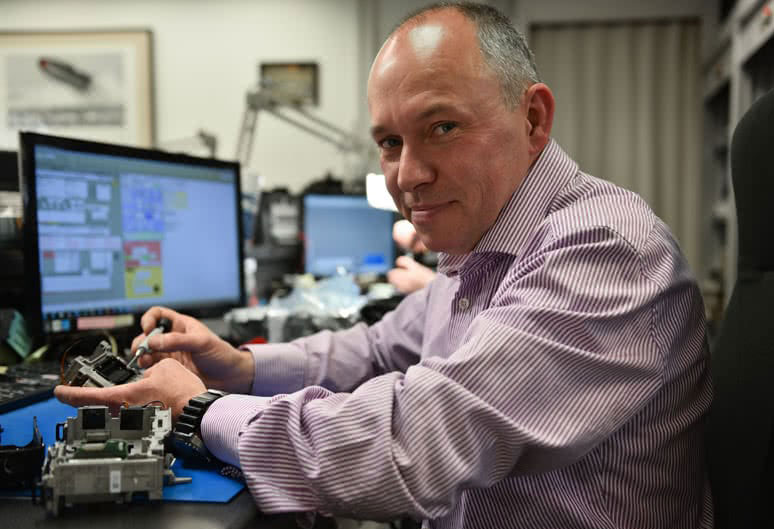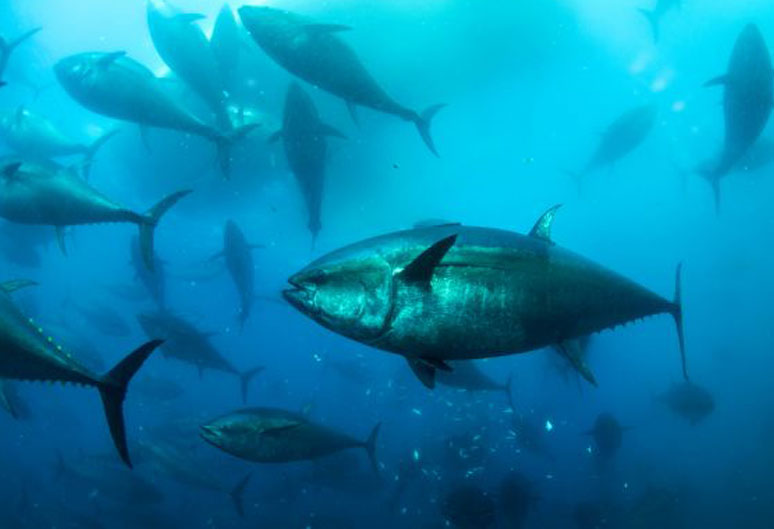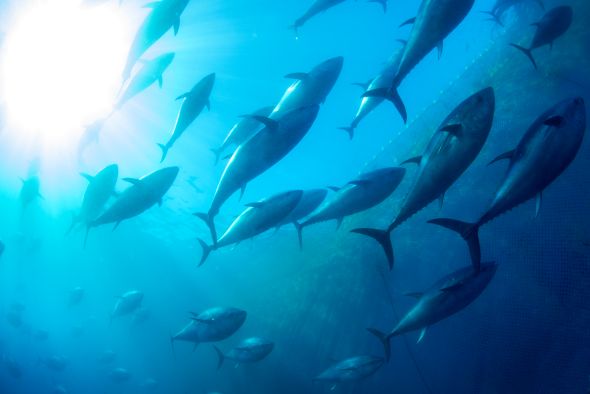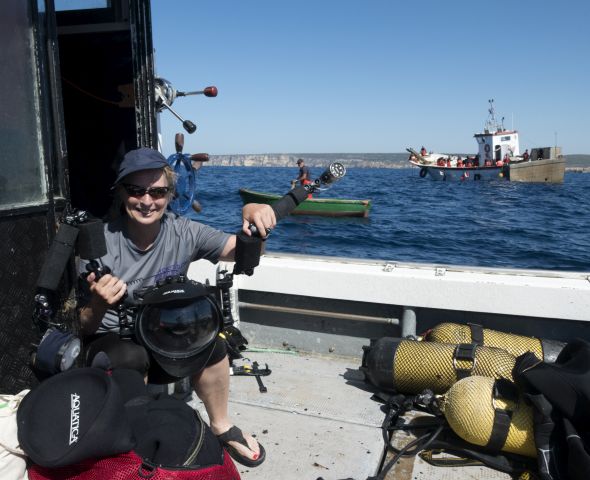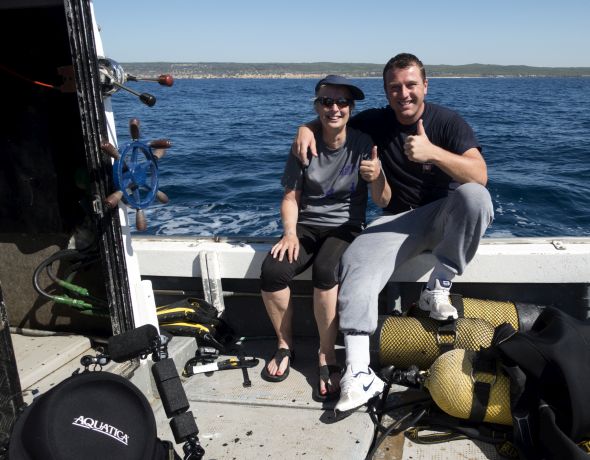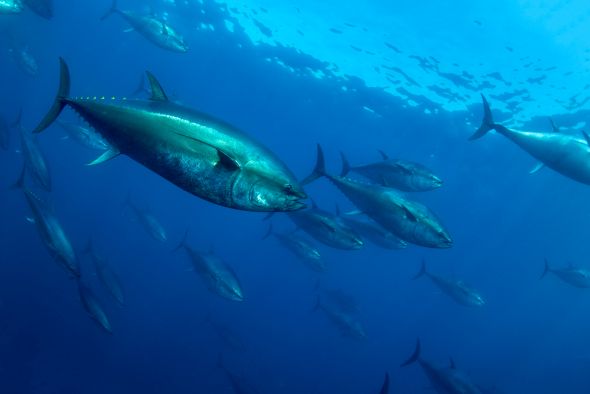From teenager to manager of the Canon side, it’s Mick Edwards featuring in the latest of our Fixation team blogs
There can’t be many of Fixation’s long-term customers who wouldn’t recognise Mick Edwards. He’s been with the company from the beginning, assisting its founder, Mike Allen, to build it from a two-room operation to today’s repairs powerhouse.
These days Mick runs the Canon side of the workshop as Tech Manager, dividing his time between repairing kit and cracking (notoriously bad) jokes with long-suffering colleagues and customers who stop by. He tells us more about his history with Fixation…
In the beginning…..
‘Mike Allen and I met in 1982 when I was 18 and he started work at KJP shortly after I did. Previously he was Service Manager at Nikon and when I asked him what he was doing at KJP he said he’d come to build a workshop. So I said, “Give us a job!” And for better or worse he did!
‘We built a workshop out of practically nothing, working from August ’82 until Fixation’s proper opening in June 1988 and from there it developed into what it is today.
‘It’s been fun. I love it, absolutely love it. At first we only repaired Nikon products, but after 10 or so years we were approached by Canon who wanted us to offer the same service to their customers too. We were keen to help, so after sorting out details like the supply of spare parts, we were off and away!
‘From then I was doing Nikon, Kodak and Canon, but Canon just got bigger and bigger and needed managing properly, so I took on this role and have done it ever since.’
Fixation’s reputation
‘Relationships have always been important. In the beginning we had just two rooms and customers would come in and sit in the waiting room, which was just a sofa, and we used to repair their kit while they waited. When we were done they’d have the confidence to just pick it up and go do a job, or even fly around the world. The good reports started from there.’
His day-to-day role
‘I’m very much hands on – I love fixing things, it’s why I like the job.
‘The challenge is what we’re all after. You’re repairing the same products, but you want to do it to the best standard because you’re only as good as your last repair. We’re all the same and proud of what we do.’
Most memorable Fixation moments
‘As much as I love the day-to-day work, the different experiences are always exciting. Highlights include building depots at the London Olympics and Commonweath Games in Glasgow, but one of the most memorable was in 2007 when we worked with PA to set up cameras in the Royal Ballroom in Buckingham Palace.
‘PA provides images for all Royal Investitures in this room, but they can’t have a roaming photographer present. So we helped them set up a discrete camera and cabling so they can operate the camera remotely, shooting the ceremonies with the images transmitted directly to their picture desk.
‘There have also been some great customer stories. We’ve had cameras dropped in the sea then put in a bag of vodka. People think the alcohol will prevent corrosion, but it’s a waste of vodka if you ask me!’
Mick’s hobbies outside of work
‘I enjoy riding motorbikes, but would say my real passion is scuba-diving. I organise my own diving club and am an instructor too. I may be in control at work and when I’m diving, but at home I just do as I’m told by my wife and two boys!’

